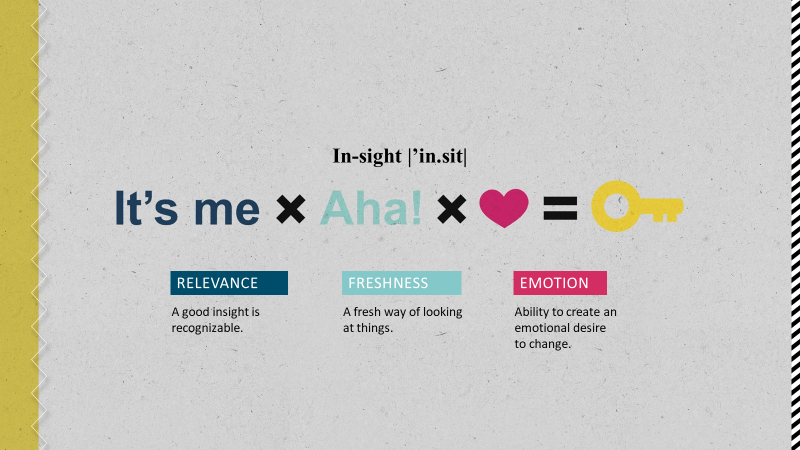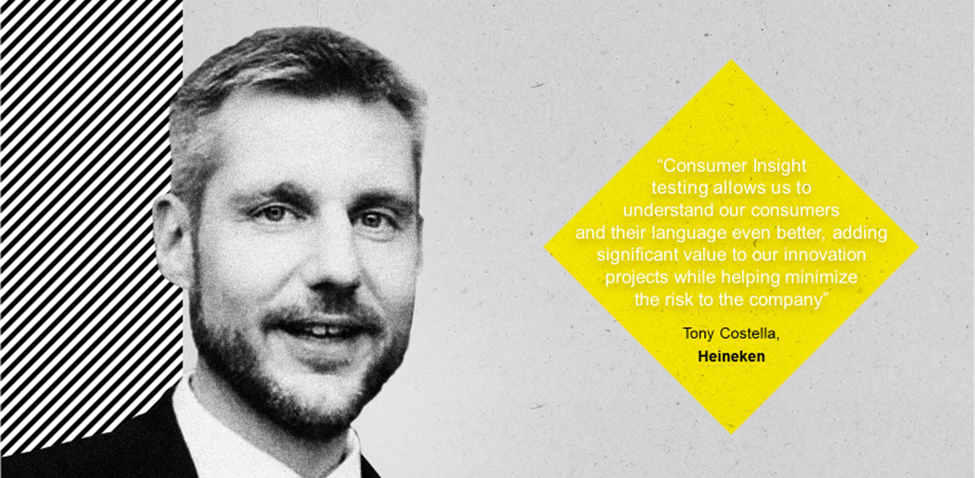Are you familiar with the English proverb ‘Necessity is the mother of invention’? In simple terms, it means that we humans become exceedingly innovative when our need for something becomes essential. And if there’s nothing readily available to address a particular need, we ‘invent’ it. Many innovations, especially disruptive innovations, start with a friction, a frustration, an unmet need: the founder experiences a problem for which there is no solution, so they create the solution. This is also the first of 3 DNA characteristics incumbents can infuse to catch up with disruptors.
Consider the story of Nova Covington, a mother whose daughter suffered from severe allergic reactions to the body care products available on the market. Covington couldn’t find a safe alternative for her child, so she created it; Goddess Garden was founded in 2005, and by 2010, Covington’s products were stocked by 25,000+ retailers across the US and Canada.
Friction
We call this unmet need ‘friction’; it’s the internal (and sometimes external) conflict or frustration that stems from the inability to address a certain need. This friction is what drives entrepreneurs to explore the solution space and start a quest to remove this tension. For established innovators, this means investigating underlying market frictions and translating these frictions into insights. These form the starting point for the whole solution creation process.
‘Insights’ is probably one of the most used, misused and even abused words. An insight is not a hypothesis, it’s not an observation, it’s not an idea. An insight as we like to define it has 3 key characteristics:
It’s me
A good insight is relevant for a consumer. Relevance can be driven by personal identification or by peer identification.
Aha!
An insight should be fresh, and present a new way of looking at things. This includes both discovering something completely new and uncovering an existing reality in a new or fresh way. An insight should not be apparent immediately. It is rather something that is present latently; you only realize that it is true the moment you hear it. It brings to the surface what was there subconsciously.
Emotion
An insight should have an emotional valence, there needs to be a desire for a potential solution. If not, your insight is not an insight cos it’s worthless. Because it will not be that insight to drive your whole innovation and idea creation process. This could be a friction or a problem that consumers want to solve. But it could also be a desire for something. Consumers should be excited about having a potential solution.

Detecting insights to fuel your innovation
That being said though, it’s important to note that unlike the entrepreneurial success stories, where the founder experienced a friction (and cracked the insight) from their personal life, as a member of the organization seeking to disrupt/ innovate, you might not necessarily be the target audience. It’s difficult for you to ‘crack that insight’ if you haven’t walked a mile in your consumer’s shoes. Finding the insights that can drive your innovation is therefore a matter of immersing yourself in the consumer reality to uncover consumers’ frictions and unmet needs. This is where research comes in, as today’s research technology and platforms allow to connect with consumers right when and where the action is taking place, to truly uncover the consumer context and their daily reality.
Validating insights to set your focus point

The stronger the insight, the higher the business potential. A good insight has the power to unlock marketing innovation on different levels.
One insight can form the basis for many ideas and concept solutions, this is also what you see amongst successful start-ups; they don’t put their bets on many frictions, they rather focus on one single insight, a mono-insight that organically grows and becomes embedded in everything they do. For incumbents this means that once you harvested insights, you prioritize and select which insights should form the cornerstone of your innovations. In this fast-moving environment the risk of failure is greater than ever.
Figures reported by the Doblin group show that 96% of all new product introductions and innovations fail to return their cost of capital. The current market space requires brands to validate each step of the entire innovation process, starting with the validation of insights.
Furthermore, research has shown time and again that ideas and concepts based on validated insights perform significantly better, with the unpriced buying intention of concepts based on validated consumer insights scoring up to 20% higher in comparison with concepts based on insights that were not tested upfront.
Activating insights to gain an organization-wide impact
To ensure the idea, concept, product or service truly embraces the insights you have identified and validated, all involved stakeholders need to truly ‘live’ them. So, they need to feel like a consumer, understand their mindset and use this insight-first, consumer-centric thinking throughout the innovation process. This can be reached by connecting your stakeholders with actual consumers to make sure they feel and breathe the insight, that they experience the insight from up close, by immersing themselves in the consumer reality, which helps them experience how consumers think, act and feel.
With friction comes insight. With insight comes innovation. Taking the journey towards becoming a more innovative organization starts with identifying that insight, that friction. Then it’s a case of prioritizing and validating it, before you embark on the journey of creating services and solutions that may not necessarily address the root problem. Finally, activate your insights and take them to the wider organization so that everyone can live them, and you can build a more robust consumer-centric innovation culture.
Eager for more? Get your download of our Innovation Envy bookzine and discover more insights on what established innovators can learn from successful disruptors.







